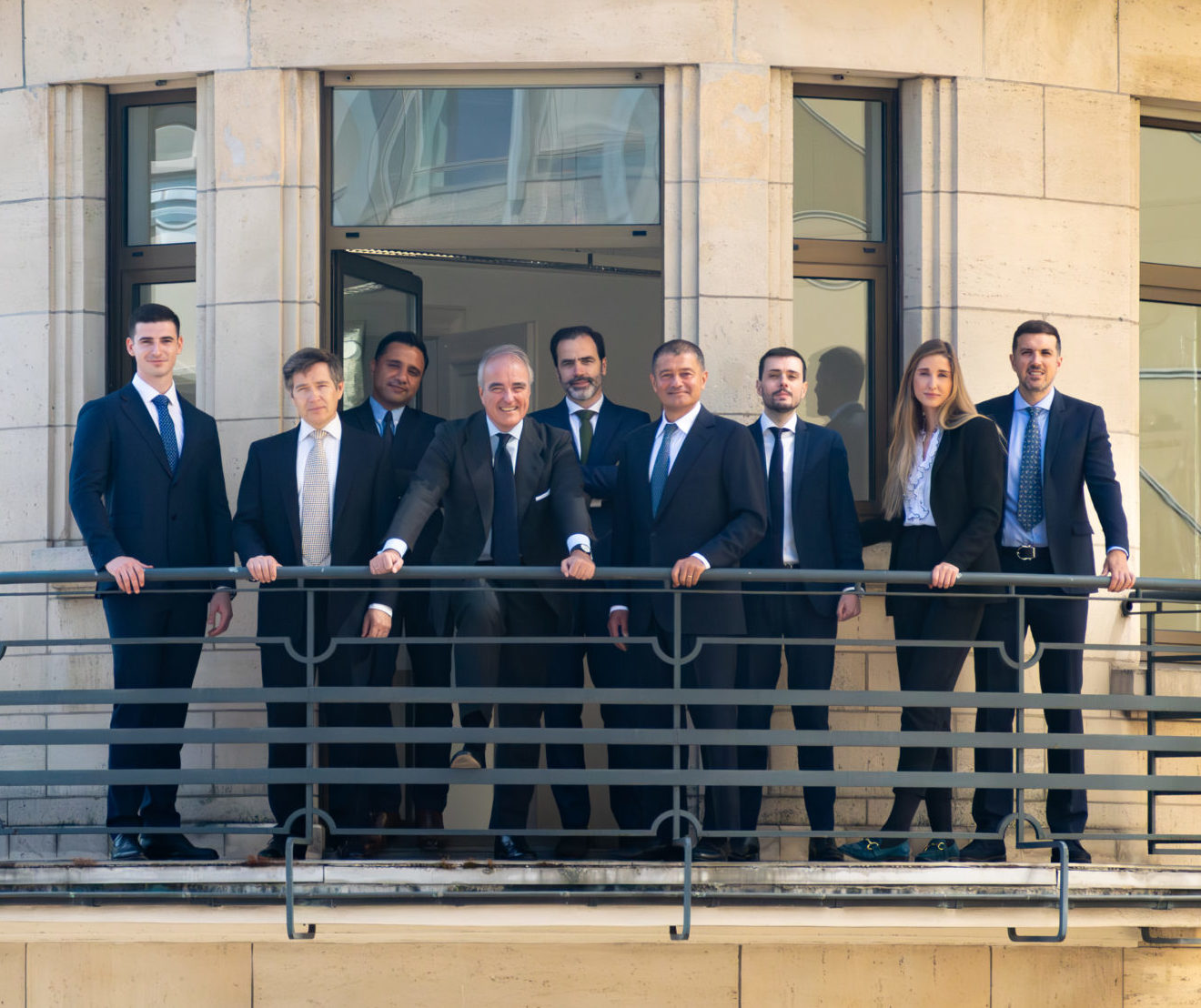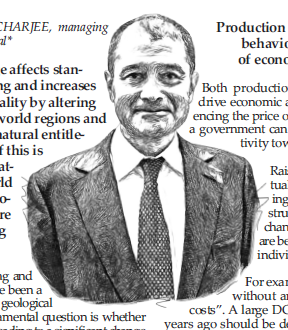Private Equity’s Middle Ground: From Exclusive to Accessible
What motivated Antwort Capital to focus on this market niche?
Manuel San Salvador
Antwort’s foundation was driven by a goal: to provide private banks, family offices, and multi-family offices with a streamlined way to offer clients access to specific private asset funds via feeder funds. Many financial institutions can establish their own vehicles but face challenges. Setting up and maintaining these vehicles demands time, involves complex processes, and often requires high minimum capital thresholds. Such requirements add substantial cost and complexity, often making them unfeasible for smaller-scale investors or limiting how often such opportunities can be offered.
Our approach simplifies this by creating a third-party feeder fund distributed on an open-architecture basis. This model allows different players to pool distribution capacities, providing a “win-win” situation where each institution gains access to private equity without the burden of creating and managing separate vehicles. This is not about “democratisation” in the broad sense of opening up private equity to retail investors. Feeder funds remain best suited for sophisticated investors who, with guidance, can benefit from private equity’s potential without requiring the high capital commitment of traditional private asset funds. Feeder funds mirror the cash flow of the master fund, offering competitive fees that prevent significant erosion of internal rate of return (IRR).
Do you view this as a step toward broader retail access, or should private equity remain selective?
Manuel San Salvador
Private equity undoubtedly provides valuable diversification from public markets, but it is not universally suited for retail investors, particularly in traditional formats. For retail clients, access to private assets should ideally come through hybrid vehicles with greater liquidity, such as evergreen funds or ELTIFs (European Long-Term Investment Funds), which balance risk and liquidity more effectively than classic feeder funds.
However, expectations for returns from these hybrid vehicles should be managed, as liquidity constraints mean they cannot fully replicate traditional private equity’s exposure. In my view, exposure to traditional private equity funds—whether through direct investment or feeder funds—should remain limited to professional, well-informed, or well-advised investors. There’s a distinction between “broad access” and what we see as a suitable entry point for those well-positioned to understand and manage the risks inherent in private assets.
How do well-informed investors differ in demands and expectations from institutional clients?
Manuel San Salvador
There are marked differences. Institutional investors typically operate on longer timelines, with higher risk tolerance, and can use their larger portfolios to diversify across multiple private asset categories, including specialised and niche funds. This scale enables institutions to construct diversified portfolios with more substantial buffers against volatility.
Well-informed investors, on the other hand, often have a shorter time horizon for capital recovery, which drives them to favour strategies with flatter, quicker J-curves and greater diversification within single funds—such as multi-manager or secondary funds. Guidance from banks and advisors is pivotal here; by understanding individual client needs, advisors can ensure that access to private equity aligns with investor goals, enabling well-informed investors to enter private assets with the right expectations and protections in place.
Is the current regulatory framework sufficient, or should private equity undergo further regulation?
Manuel San Salvador
The regulatory landscape has come a long way in distinguishing various investment vehicles, which is essential for investor protection. Yet, more distinction is needed around the strategies these vehicles support. Rather than focusing solely on the type of investment vehicle, regulatory clarity on underlying strategies would enhance investor understanding and better align expectations. Education and awareness are crucial here and are often more effective than rigid liquidity regulations in helping investors make informed choices. Some regulatory adjustment is necessary, but it should focus on fostering awareness and responsible investment guidance rather than prescribing inflexible rules.
Is “semi-democratisation” a testing ground for full retail access?
Manuel San Salvador
Private equity has become a core component in private portfolios, but extending full access to retail investors remains challenging. While “semi-democratisation” of private equity through semi-liquid vehicles has opened up limited access, these vehicles often fall short of traditional private equity in terms of liquidity and potential returns. Retail investors, attracted by the prospect of high returns, may not always understand the liquidity constraints and risks associated with private equity, which could make a fully open retail model unsuitable for many.
Additionally, significant barriers persist, such as limited financial literacy among the general public, which complicates informed decision-making in complex investments like private equity. Current regulations, which restrict access to accredited or qualified investors, aim to protect retail investors from these risks. Moving towards broader retail access will require both regulatory adaptation and substantial improvements in transparency and investor education to ensure retail investors understand the benefits and risks of private equity investments. This selective, managed approach to “semi-democratisation” may therefore serve as a cautious testing ground, but it underscores the need for careful consideration before fully opening private equity to the retail market.
What milestones must be achieved before private equity can become fully retail-accessible?
Manuel San Salvador
Ensuring that investors are well-informed about private equity’s nature, risks, and cash flow patterns is critical. A thorough understanding of these aspects is essential for broadening access responsibly. Additionally, technology must enable smoother onboarding and reporting for general partners (GPs), making these processes manageable and transparent for retail clients. As demand for alternative investments grows, private equity may become more accessible to affluent retail clients, but high-net-worth and accredited investor products will likely precede broader retail options.
How is technology reshaping your offerings?
Manuel San Salvador
Technology has become instrumental across all phases of the investment lifecycle, including eligibility checks, AML/KYC, onboarding, capital management, distributions, and performance reporting. For Antwort, we’ve introduced a digital tool on our website to facilitate investor onboarding, document exchange, and subscription processing. This tool seamlessly connects investors, Antwort, fund administrators, and transfer agents, ensuring a more efficient and accessible experience. Technology’s ability to streamline operations has become a vital asset, especially as private equity begins to open up to new investor demographics. In time, advancements may further enhance flexibility in investment vehicles, but a carefully paced approach is essential to balance efficiency with investor protection.
What will the PE landscape look like in 5-10 years?
Manuel San Salvador
In 2023, around 10% of private equity assets were sourced from private investors, but this could rise to 20% within the next decade. Over this period, broader access is expected to develop primarily through hybrid vehicles, with Private Equity Funds of Funds, Business Development Companies (BDCs), and Listed Private Equity (LPE) gaining traction.
Although some vehicles like BDCs and LPEs are already available to the general public, many still require investor accreditation or high-net-worth status. Nonetheless, technological advancements and regulatory changes are likely to reduce some of these barriers, allowing more retail clients access.






